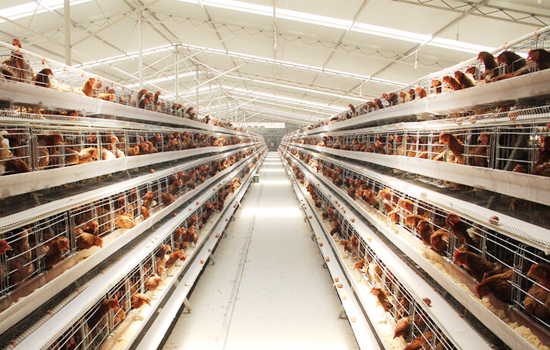How to distinguish high-yielding layers from low-yielding layers in poultry chicken cages?
- font size decrease font size increase font size
Laying hens are raised in poultry chicken cages, and they all live in chicken coops. It is difficult for us to choose which chicken is a high-yielding layer and which is only a low-yielding layer.
First, distinguish from the feeding situation. When feeding, chickens that lay more eggs have a strong appetite. Don't be picky when eating, eat quickly. Picky eaters don't like to eat, and even chickens that only eat but don't peck are the ones that lay fewer eggs.
The second is to distinguish from the feathers. Chickens that lay a lot of eggs have disheveled feathers, no oiliness, and no smoothness. There are feathers on the back of the chicken's chest. Such a high-yield chicken. Chickens that are often dressed up are low-yielding chickens.

The third is to distinguish from the feces. High-yield chicken manure is shaped into a small white headband. Drink more water in summer, and it basically takes shape and the color is normal. Low-yielding chickens and non-laying hens have slender feces and more dry feces.
Fourth, distinguish from the color of the chicken legs and mouth (yellow legs and yellow mouth before laying). For high-yielding chickens, the heavier the fading, the higher the egg-laying rate. Those with yellow legs and yellow beaks at the age of 250 to 300 days are low-yielding chickens, or even non-laying chickens. Chickens that lay white eggs have yellowish legs and beaks; chickens that lay pink eggs have brownish-yellow legs and beaks.
These are the methods to identify high-yield and low-yield laying hens automatic poultry chicken equipment manufacturers to share. Farmers can use the above methods to select chickens with fewer eggs.

